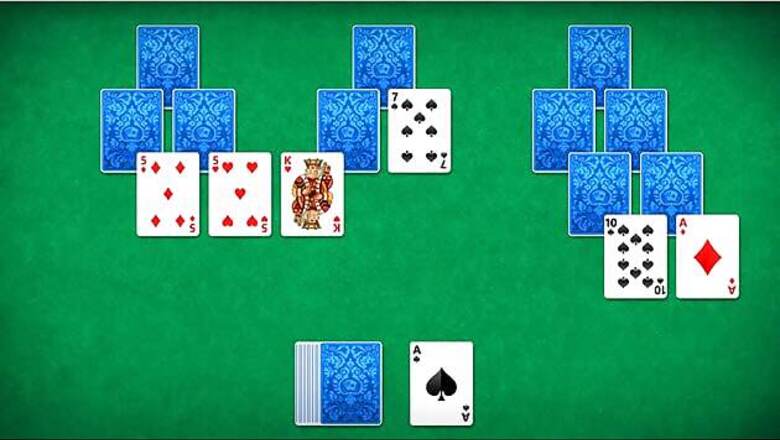
views
New Delhi: These classic computer games have bestowed us with moments of joy in a day packed with boring work, eventually landing us with the title of being idlers. But, did you know the real reason behind developing these games wasn’t mere entertainment?
These simple yet addictive games of Solitaire, Minesweeper, and FreeCell, were designed for Microsoft Windows so that you could be more mouse-fluent.
Mental Floss notes in its report that these games were actually teaching you mouse fluency by stealth.
Solitaire has existed since the late 1700s but as a digital game was first added to Windows 3.0 in 1990 and today is offered as an in-built game for Windows 10. Many of the computer users back then were most familiar with command-line input and in a bid to teach them how to drag and drop, Solitaire was introduced.
A similar intention was behind developing Minesweeper - a game that existed since the 1960s but introduced in Microsoft Windows 3.1 only in 1992. The idea here was to facilitate the use of left and right clicking along with fostering speed and precision in mouse movement.
Another game called Hearts wasn’t a simple game either. Introduced with 1992 Windows for Workgroups 3.1- the game was ideally meant to get people interested in networking capabilities of their new system, which was the first network-ready version of Windows.
FreeCell, another card game was bundled with the Win32s package that allowed 32-bit applications to run on the 16-bit Windows 3.1. With the game, Microsoft had been actually testing its own data processing subsystem.
We wonder if we would have invested scores of hours had we known that we were actually testing software for one of the world’s technology giant, all for free. Well, we still would have.



















Comments
0 comment